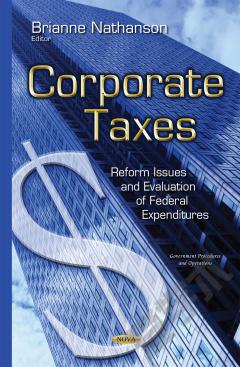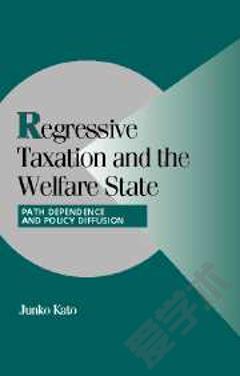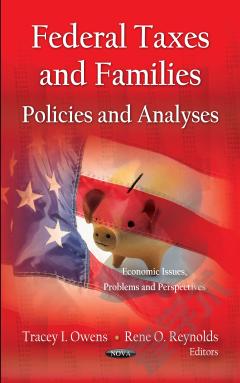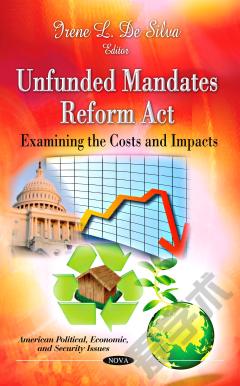Federal Tax Policies and Rural Households: Impact and Potential Reform
The Federal income tax structure has changed substantially over the last two decades. Tax rates have been reduced and deductions and credits, especially refundable tax credits, have expanded, reducing Federal income tax burdens and significantly increasing after-tax income. While these tax reforms have provided the greatest benefit to those with the highest tax liabilities, low- and middle-income rural residents, especially those with children, have been major beneficiaries of some of the changes. This book examines the effect on rural Americans of tax credits targeting low- and middle-income households by estimating the number of beneficiaries, the level of benefits, and the impact of the benefits on income and rural poverty. The relative importance of these tax credits compared with traditional income support programs is also discussed.
{{comment.content}}








 京公网安备 11010802027623号
京公网安备 11010802027623号